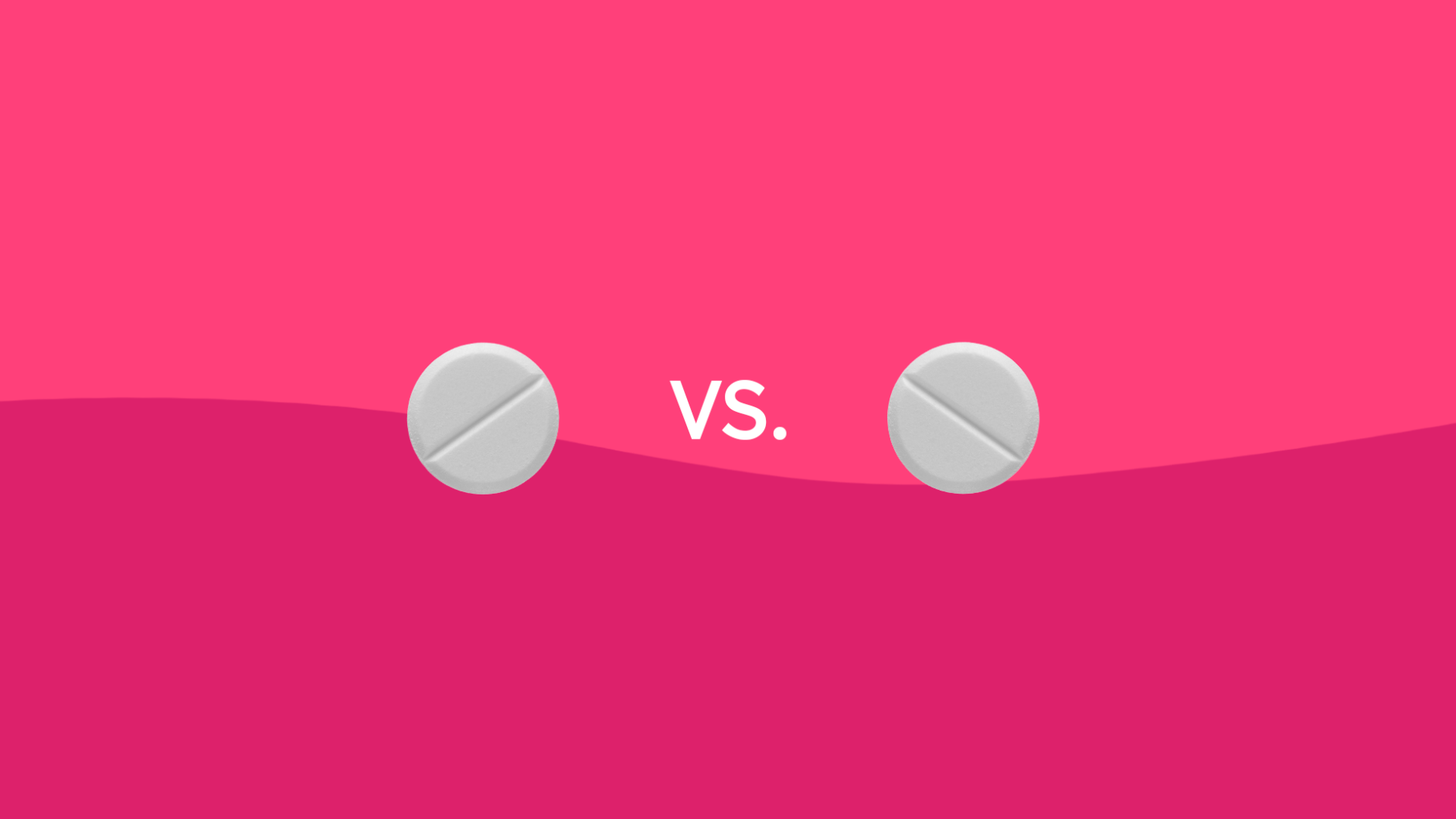Opioids have become a common aspect of treatment for both acute and chronic pain. Oxycodone and Oxycontin are two opioid medications with similar sounding names that may be easily confused if not examined carefully. In fact, both medications essentially have the same ingredient. Or rather, one medication (Oxycontin) contains the other as an active ingredient (oxycodone). Oxycodone and Oxycontin work by binding to mu receptors in the brain to produce a therapeutic feeling of analgesia. While they may be effective pain medications, they have also been widely publicized for their abuse and potential for addiction.
Oxycodone
Oxycodone is an opioid medication used to treat moderate to severe symptoms of pain. It is metabolized extensively in the body and excreted in the urine. Immediate release oxycodone has a half-life of 3.2 hours and may be dosed up to 4 to 6 times per day. You may be familiar with Oxycodone in combinations with other pain medications such as acetaminophen, ibuprofen, and aspirin. Oxycodone tablets come in immediate release and extended release formulations with varying dosages of 5 mg, 10 mg, 15 mg, 20 mg, and 30 mg.
Oxycontin
Oxycontin is the brand name for the extended-release formulation of oxycodone. This extended-release formulation allows the drug to be released over a longer period of time. For this reason, Oxycontin is usually dosed twice per day because less is needed for the desired pain relief. In this way, Oxycontin tends to give a stronger and more prolonged effect. Oral tablets of Oxycontin come in strengths of 10 mg, 15 mg, 20 mg, 30 mg, 40 mg, 60 mg, and 80 mg.
Oxycodone vs Oxycontin Side by Side Comparison
Oxycodone and Oxycontin are common treatments for the effective management of pain in patients using them for acute or chronic conditions. Both medications have several similarities and differences that are outlined below:
| Oxycodone | Oxycontin |
|---|---|
| Prescribed For | |
|
|
| Drug Classification | |
|
|
| Manufacturer | |
|
|
| Common Side Effects | |
|
|
| Is there a generic? | |
|
|
| Is it covered by insurance? | |
|
|
| Dosage Forms | |
|
|
| Average Cash Price | |
|
|
| SingleCare Price | |
| Drug Interactions | |
|
|
| Can I use while planning pregnancy, pregnant, or breastfeeding? | |
|
|
Summary
Both Oxycodone and Oxycontin contain the same active ingredient with differences primarily in their dosage forms. While both drugs share the same side effects, they also carry similar risks of abuse, dependence, and addiction. However, the risk of side effects and overdose may be greater with extended release Oxycontin, especially if it is taken improperly. In instances of more severe pain, Oxycontin may be a more potent option in relieving pain due to its longer duration of action. Because these drugs are Schedule II controlled medications with specific instructions for use, it is important to consult with a physician regarding individualized dosing and drug interactions.





